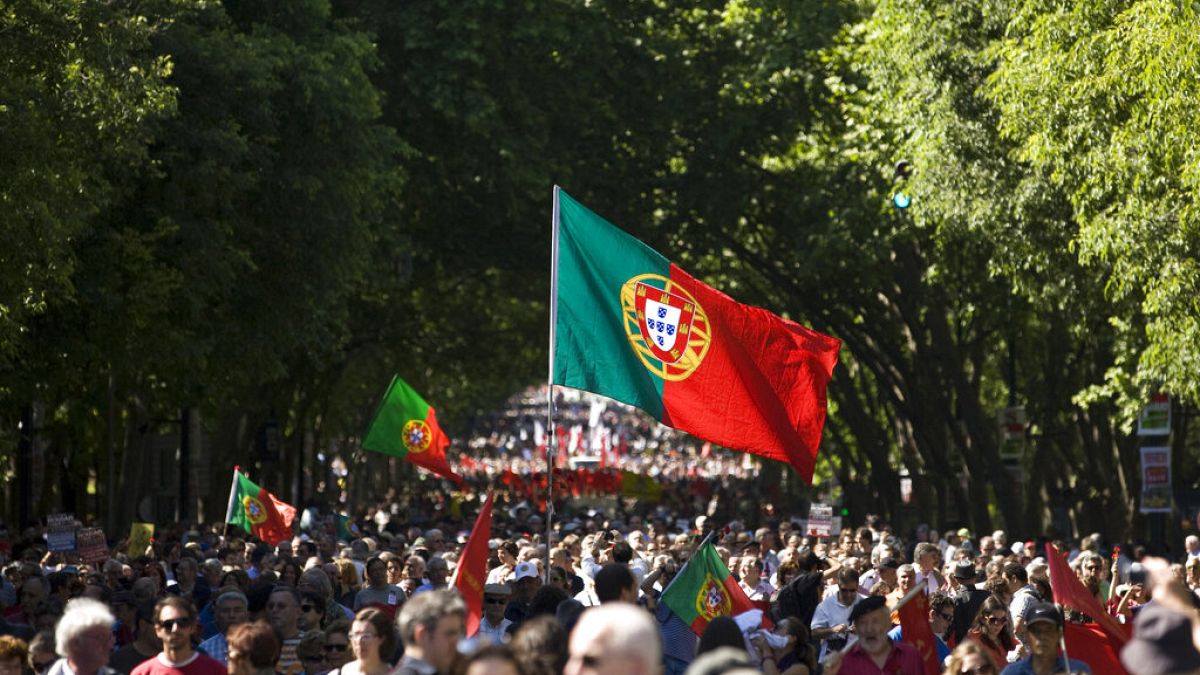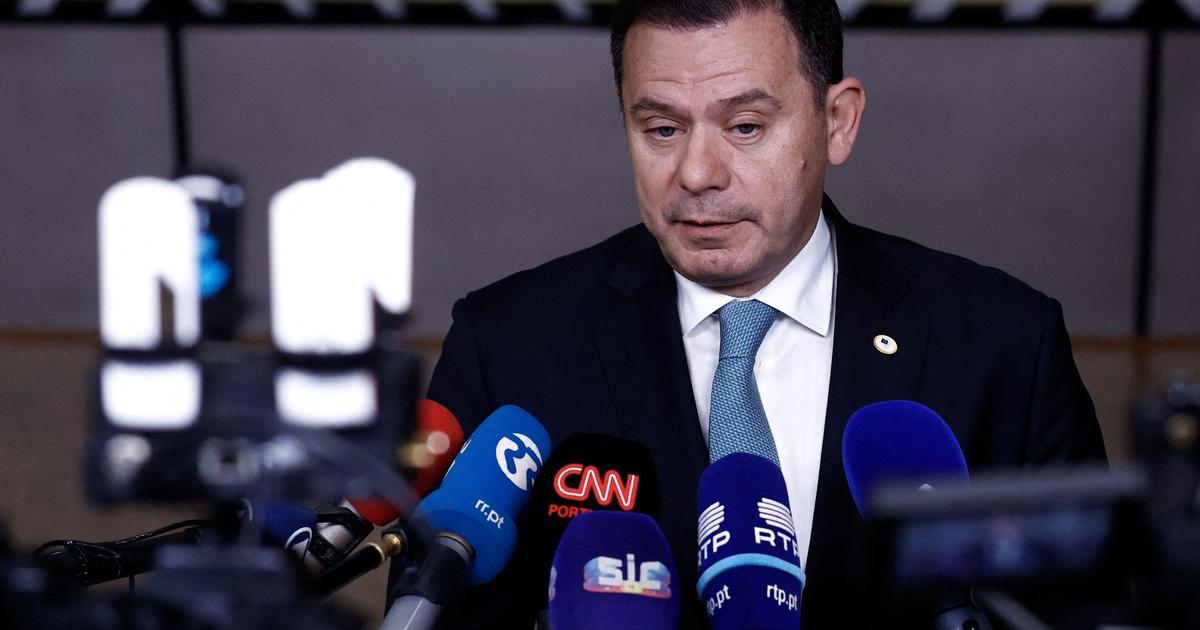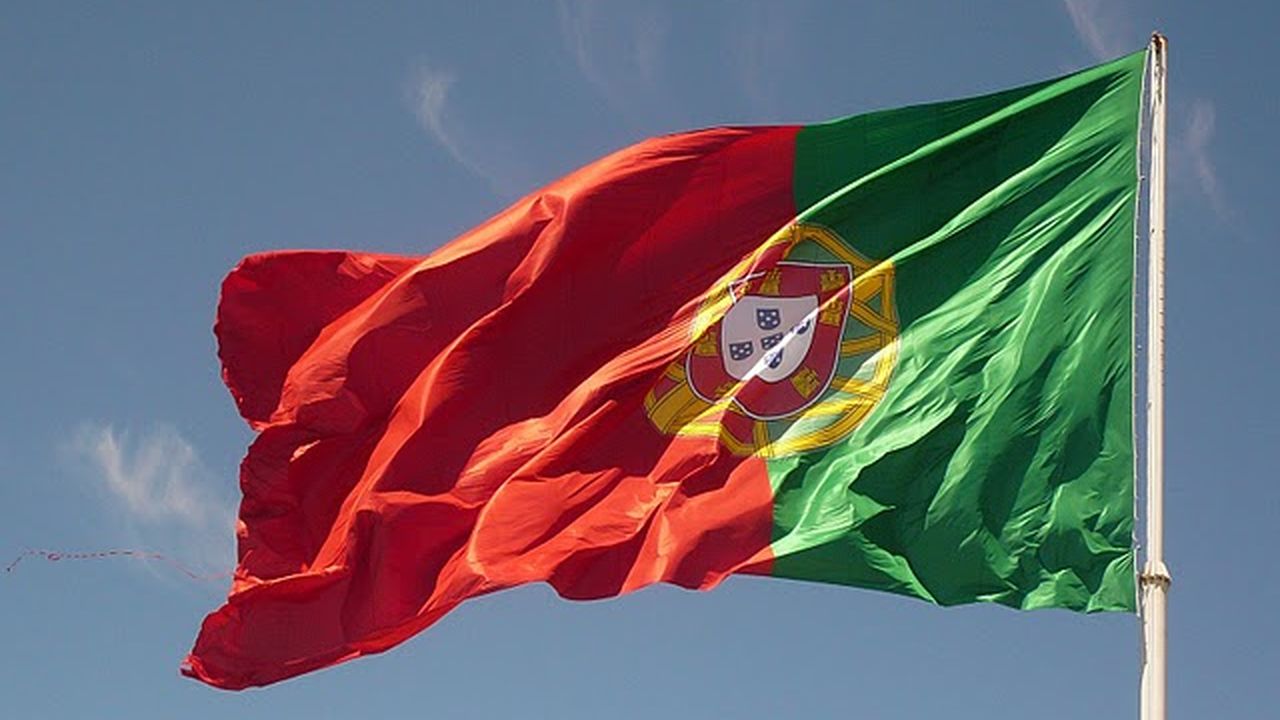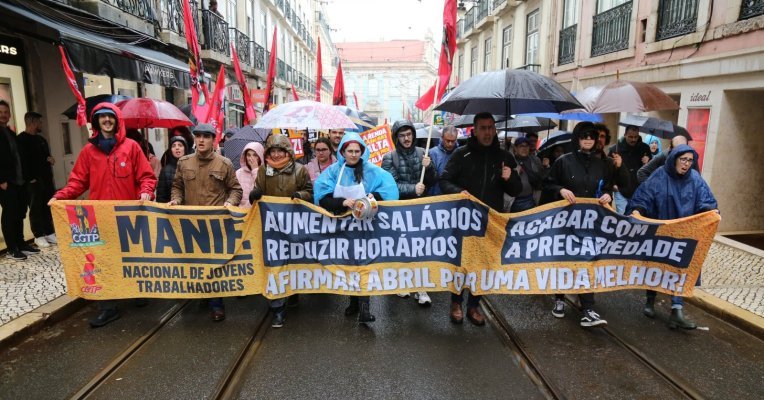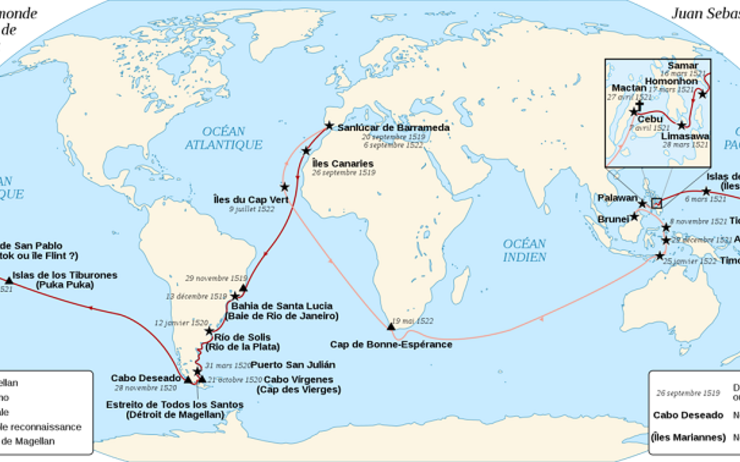
September 1522 – Almost three years from the day after leaving Spain, Victoria docked at Sanlúcar de Barrameda. On board the ship, its captain, Juan Sebastian Elcano, was the first man to complete a complete circumnavigation of the globe. Unfairly misunderstood, Elcano is the one who takes charge from the mighty Magellan to complete this crazy expedition that has marked world history.
The great Spanish discoveries
The year 1519 is a good year for the Kingdom of Spain. Its king, Charles I, the grandson of the Catholic Monarchs, chose to wear the imperial crown. Then he receives the name by which he will pass on to future generations: Charles Quint.
It was a time of great discoveries and of the most daring expeditions, within a more general framework of fierce competition with the Portuguese crown. About 30 years ago, Christopher Columbus’s voyages to America took rivalry to a new dimension.
So in 1519, Magellan, the Portuguese navigator, convinced of the roundness of the earth, was able to persuade Charles V to financially participate in a crazy expedition: he announced to him that he could reach the rich Moluccas (now Indonesia) by bypassing the American continent from the south. In the aftermath, five ships depart from Seville: Trinidad, San Antonio, Santiago, Concepcion and Victoria. A large number of provisions were loaded there and two hundred and forty crew members were immediately recruited. between them, Juan Sebastian Elcano.
Basque Adventure
Elcano is a fisherman from the Basque Country. His business must be thriving because he is able to buy a two-hundred-ton ship. With the latter, he could engage in military campaigns for Cardinal CisnerosIn 1509, which witnessed the conquests of Algeria and Tripoli, and participated in the Italian wars. On his return to Spain, Elcano got into trouble contracting debts and had to live a life of wanderlust which led him to Seville, a city teeming with naval ventures at the end of 1510. He meets the famous Magellan who made him his foreman affiliated Concepcion for his expedition in 1519 which was ratified by the emperor.
The anchor was lifted in September. after stopping at Canary Islands, Magellan sailed down the African coast before turning west to cross the Atlantic Ocean. during the winter, While the five ships were near the coast of Patagonia, a rebellion broke out. Elcano is then part of the Rebels but manages to forget him when Magellan restores the situation and punishes the gang leaders.
In October 1520, Magellan finally found an outlet to the “Southern Sea” (as it was then called), the Pacific Ocean, passing through the strait that would bear his name. However, after joy and grudges. We did not know the enormous dimensions of the Pacific Ocean. For three months they did not see the Earth, while scurvy He wreaked havoc on a crew forced to feed on worms, rats, and hides.
In March of the following year, the first islands appear on the horizon. that’s it mariannawhich they baptized the “thieves’ islands”, after an adventure with the aborigines who stole a ship.
Complete Magellan’s Journey
In Oceania, Magellan began to desire alliances with the inhabitants, trying to play against each other, with the aim of obtaining the fortunes of the islands. The navigator was killed in a skirmish in April 1521. By a combination of circumstances, while not the most obvious choice, Command of the remainder of the expedition rests with Juan Sebastian Elcano. At this time, only three ships were still able to float but only two could operate with the remaining sailors. On November 8, 1521 they reached the Moluccas, the destination declared by Magellan to Charles V. These islands are rich in spices and Elcano seizes the opportunity to barter but also forge links, this time successfully, with the indigenous people.
Only, the Portuguese take a very bleak view of the presence of Spanish ships in what they consider their backyard. Before this leads to real conflict, Elcano, the commander of Victoria, takes the direction of Spain across the Indian Ocean: go by the west and not through the Strait of Magellan from which the expedition came. To escape from the Portuguese ships, the idea is Return to Seville without stopping Where the Spanish sailors will be vulnerable.
This is a risky task: there are 30,000 km between Victoria and Seville. Elcano takes all the risks Far from the Indian coasts watched by the Portuguese. The transit conditions are terrible: scurvy is present, food is scarce and the boat sucks water. After weeks of fierce battle against the elements, the Spanish ship finally passed Cape of Good Hope. Then, the ascent of the West African coast turns into stations of the cross: the heat there chokes as they approach the equator. About twenty men fell victim to the harsh sailing conditions. The boat was still filling with water and when the rice ran out, in order to have a chance to reach Spain, the captain decided to stop at Portuguese Cape Verde. To get victories, navigators lie claiming to be from America and have lost.
The end of the first circumambulation
In September 2022, only 18 men returned Sanlucar de Barrameda : 13 Spaniards, 3 Italians, Portuguese and 1 German. Elcano hastened to send a note to Emperor Charles V telling him that he was returning the valuable goods, but above all the glory of completing the circumnavigation of the globe:We left from the west and came back from the eastAn incredible journey of more than a thousand days and coming to an end nearly 85,000 km. The Emperor receives him in Valladolid. Cover it with gold and distinguish it.
We left from the west and came back from the east
Elcano spends three years at the royal court, enjoying a quiet life. But the desire for adventure never left the Basques. He resumes his service by embarking on a new expedition in the Moluccas, following the path that Magellan and himself followed years ago. Elcano died, certainly of scurvy, on these islands in August 1526. His body will be buried on the high seas by the crew.
Half a thousand years later, Elkano’s feat still stands. Half a thousand years during which man has constantly pushed the boundaries of exploration, using his immense curiosity as a lever to proceed on the most dangerous journeys, on the most unexpected machines. If we can connect Paris to New York in six hours in 2022, that’s also thanks to the exploits of sailors like Elcano.

